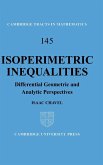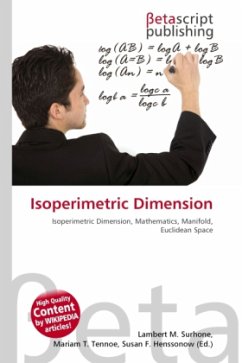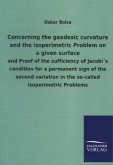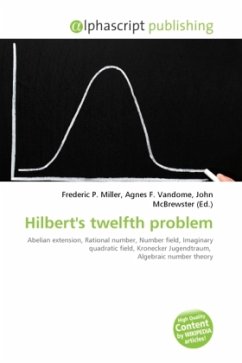The isoperimetric inequality is a geometric inequality involving the square of the circumference of a closed curve in the plane and the area of a plane region it encloses, as well as its various generalizations. Isoperimetric literally means "having the same perimeter". The isoperimetric problem is to determine a plane figure of the largest possible area whose boundary has a specified length. A closely related Dido's problem asks for a region of the maximal area bounded by a straight line and a curvilinear arc whose endpoints belong to that line. It is named after Dido, the legendary founder and first queen of Carthage. The solution to isoperimetric problem is given by a circle and was known already in Ancient Greece. However, the first mathematically rigorous proof of this fact was obtained only in the 19th century. Since then, many other proofs have been found, some of them stunningly simple. The isoperimetric problem has been extended in multiple ways, for example, to curves on surfaces and to regions in higher-dimensional spaces.Perhaps the most familiar physical manifestation of the 3- dimensional isoperimetric inequality is the shape of a drop of water.







